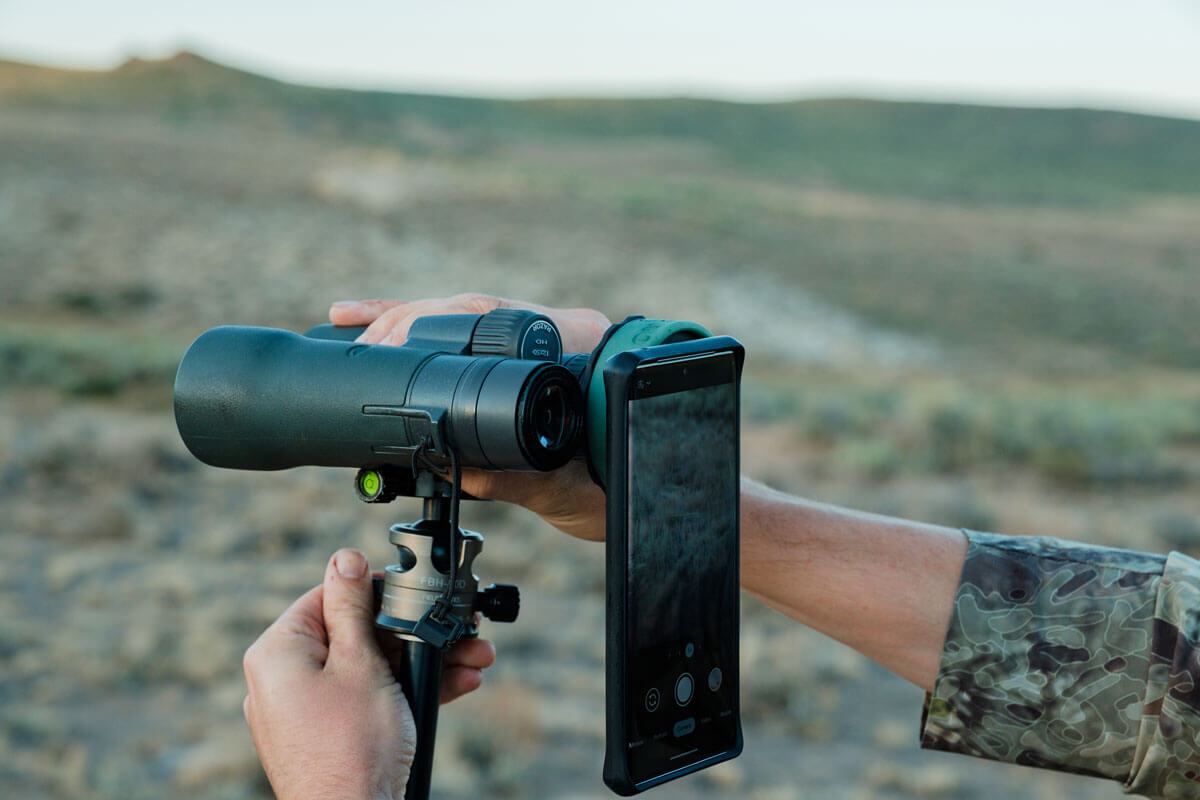
What are some mind-blowing technology tools that most people don't know about?

Here are some lesser-known but innovative technology tools and trends that are set to make a significant impact:
AI-Powered Video Editing: Runway ML
Runway ML is an AI-driven video creation tool that revolutionizes video editing by offering real-time editing capabilities. It includes features such as background removal, object isolation, and special effects application, all of which can be achieved with minimal user input. This tool is particularly useful for creative professionals, allowing them to speed up their workflow significantly4.
Animating Old Photos: Deep Nostalgia
Deep Nostalgia, part of the MyHeritage platform, uses deep learning technology to animate old photos. It makes faces blink and smile, creating short, looped video clips that bring historical and ancestral photographs to life. This tool combines genealogy with AI to offer a unique way to engage with family history and historical images4.
AI-Powered Content Editing: Descript
Descript is a tool designed for podcasters and video creators, using AI to simplify the editing process. It transcribes audio and video files into text, allowing users to edit the media by editing the transcript. Additionally, Descript's Overdub feature lets users train the AI with their voice, enabling them to add new sentences or correct mistakes without re-recording4.
Neurological Enhancement: Bidirectional Brain-Machine Interfaces (BBMIs)
Companies like Neuralink, led by Elon Musk, are developing BBMIs that allow individuals to control devices with their thoughts. By 2030, Gartner predicts that 30% of knowledge workers will be enhanced by such technologies, which have potential applications in human upskilling, marketing, and performance optimization1.
Ambient Invisible Intelligence
This technology integrates advanced sensors and machine learning into everyday environments to enhance comfort and efficiency. For example, in healthcare, ambient invisible intelligence is used in ICUs to improve patient care and staff efficiency, with high accuracy in monitoring patient movements1.
Postquantum Cryptography (PQC)
As quantum computing advances, traditional encryption methods are at risk of being broken. PQC is emerging as a critical focus to address this threat. Major tech companies like HP, Google, IBM, and Microsoft are developing quantum-resistant algorithms, and NIST has announced new PQC standards to guide the industry's transition1.
Advanced Sensors and Biotechnology
Predictions from the Future Today Institute suggest that advanced sensors will improve supply chain tracking and autonomous vehicles, while biotechnology will see significant advances, such as lab-grown tissues and organs at scale. These technologies are expected to reshape the business landscape in 20253.
Agentic AI
Gartner identifies agentic AI as a top trend for 2025, enabling autonomous machine agents to perform complex tasks without human guidance. This technology is expected to increase efficiency and productivity across various industries, including manufacturing, customer service, logistics, and healthcare1.
Spatial Computing and Multimodal AI
Deloitte forecasts a significant focus on spatial computing, which uses multimodal AI models to merge the virtual and physical worlds. This includes the development of AR and VR technologies by companies like Apple, Meta, and Microsoft. Spatial computing aims to enhance user experiences by seamlessly integrating digital intelligence with physical environments3.
These tools and technologies represent some of the most innovative and lesser-known advancements that are poised to make a significant impact in various sectors in 2025.